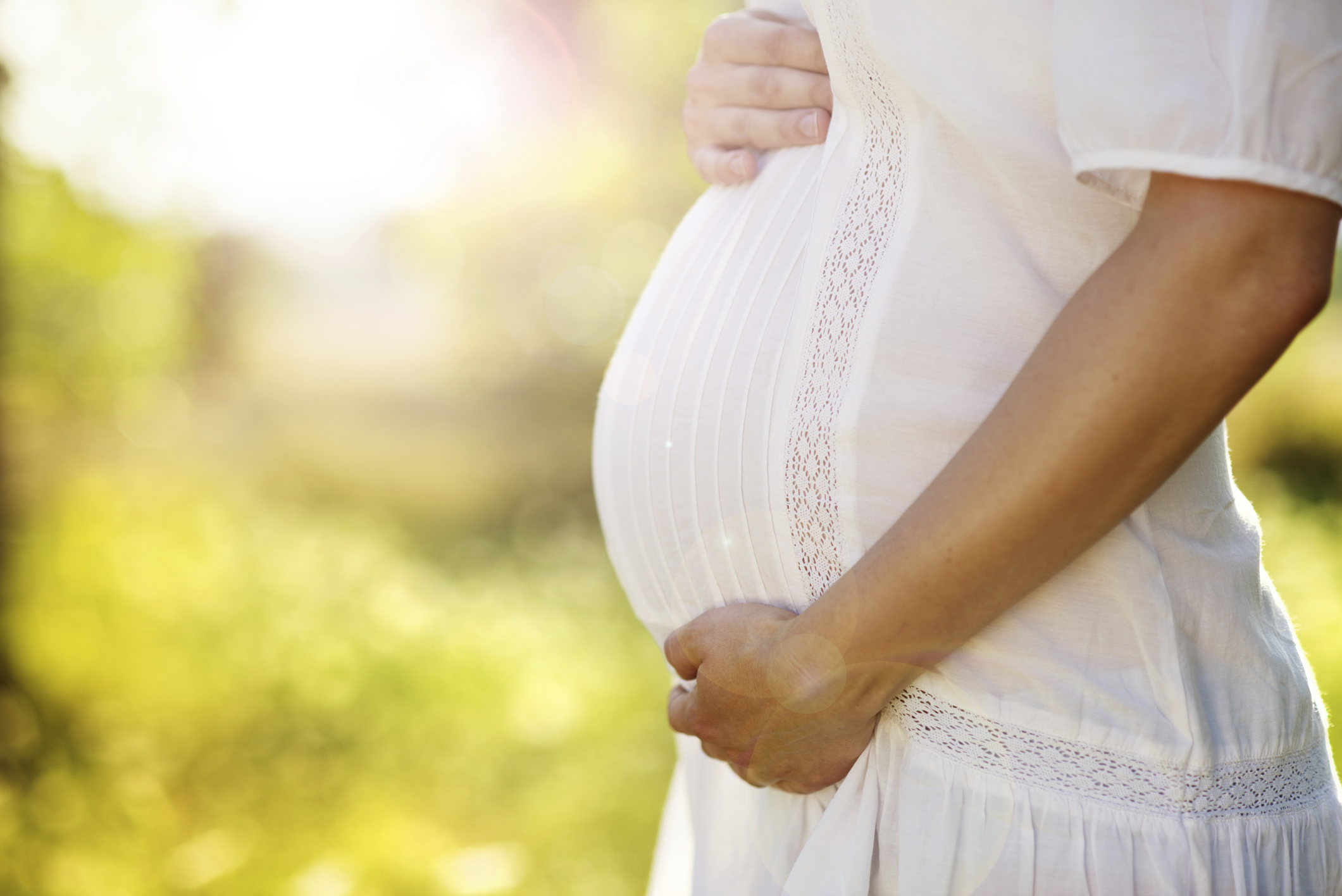
Triclocarban (TCC) is an antibacterial substance commonly used in personal care products such as soap, body lotion, deodorant, and toothpaste. TCC is one of the most commonly detected contaminants in wastewater. Its presence in water and its natural tendency to accumulate raise the question of whether it has any negative effect towards the health of human body. A recent study conducted by Lawrence Livermore National Laboratory investigated the effect of a high level of TCC in environment towards expecting mother and her offspring. The study was done on mice.
In the research, the scientists studied two groups of female mice during gestation and lactation period. The first group was exposed with TCC, while the second group was not. The TCC sample, mixed with carbon-14, was taken from a water reservoir. It was given to the mice as a drinking water. Using Accelerator Mass Spectometry (AMS), the scientists then measured the TCC concentration on mice from the first group. AMS was used because it has a high level of accuracy towards substance with low level concentration.
The result showed that TCC could transfer from mother to offspring, both via placenta and lactation. Exposure to TCC during developmental period could pose a serious health risk to embryo and baby. TCC can cause a disruption in lipid metabolism, which in turn disturb hormone. In the study, TCC was detected in a significant amount on the brain, heart, and fat tissues of the mice offspring from the first group. They also weighed more compared to the control group.
Through this research, it is hoped that people will choose their personal care items more carefully. Use organic products as much as possible to lessen the negative impacts of chemicals to our environment, and in turn, our health.
Text by Anggie Triana
Stock photos from Google Image Search
Source(s):
- Enright, H. A., Falso, M. J. S., Malfatti, M. A. et al (2017). Maternal exposure to an environmentally relevant dose of triclocarban results in perinatal exposure and potential alterations in offspring development in the mouse model. PLOS One. https://doi.org/10.1371/journal.pone.0181996